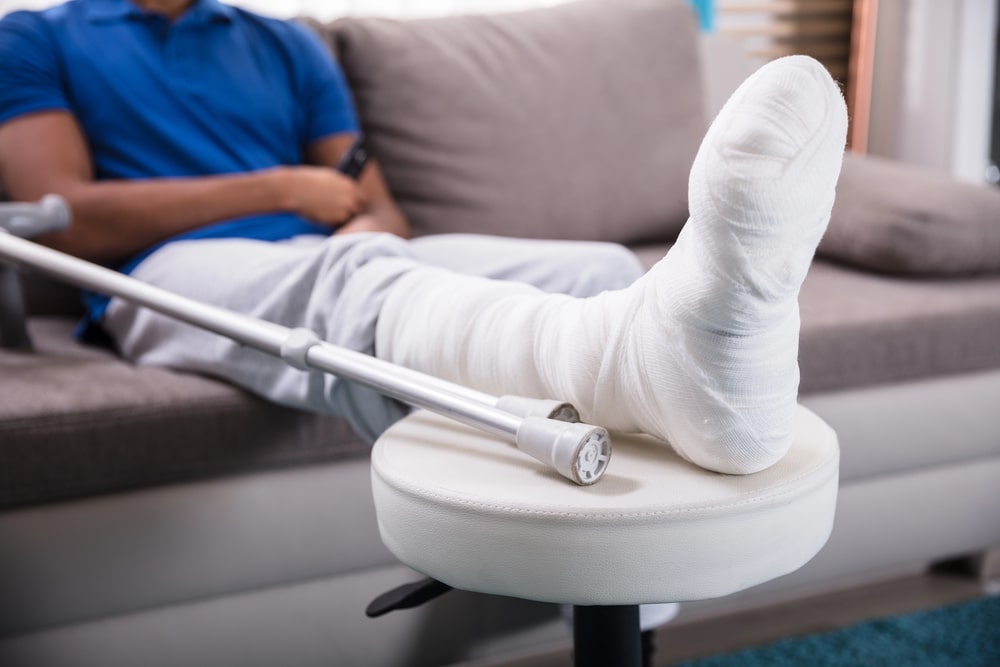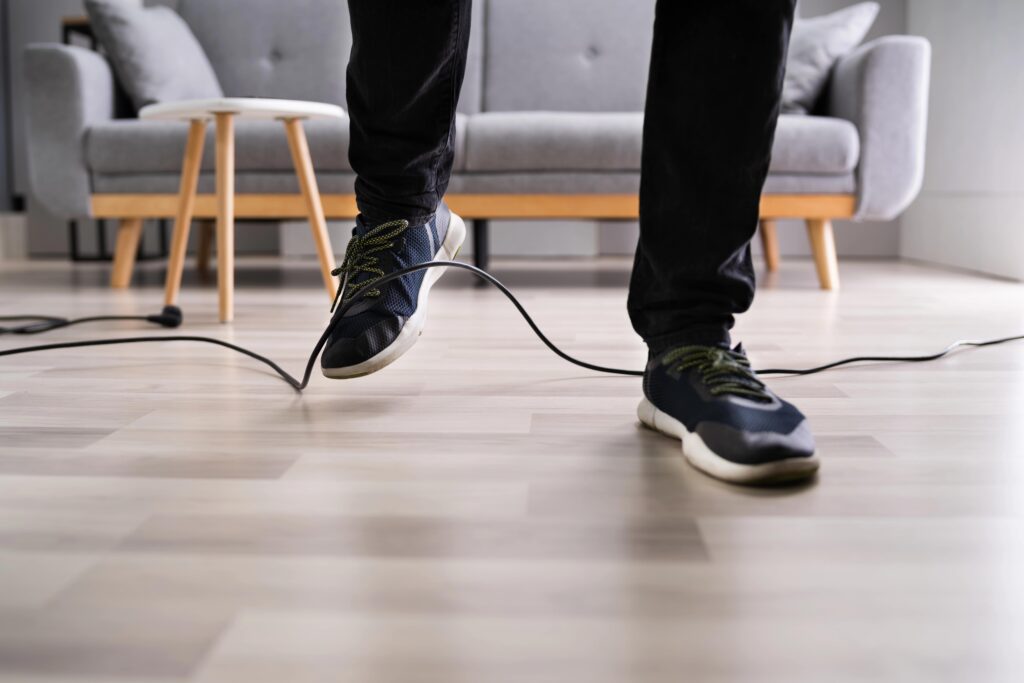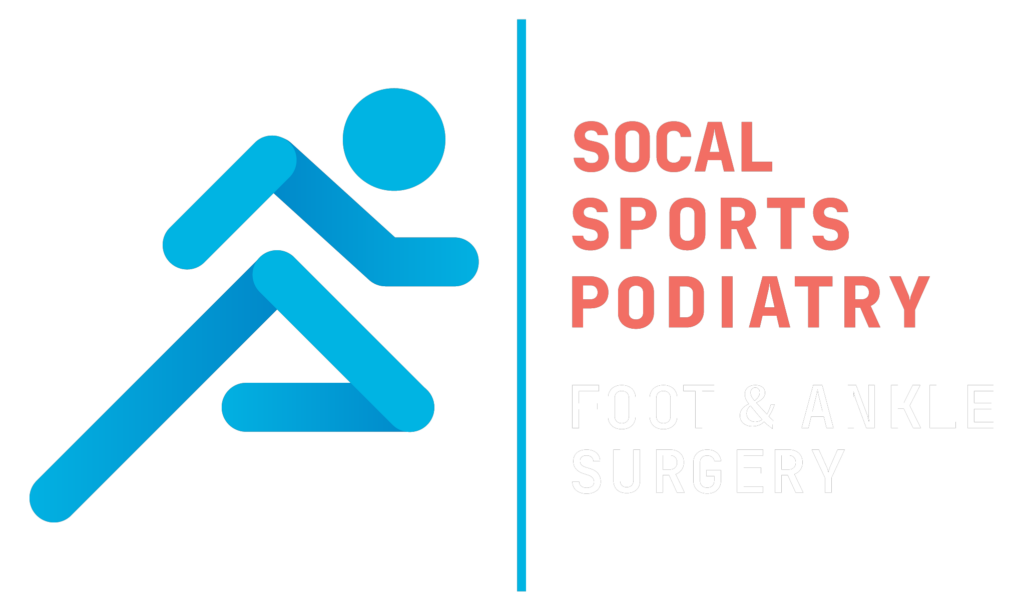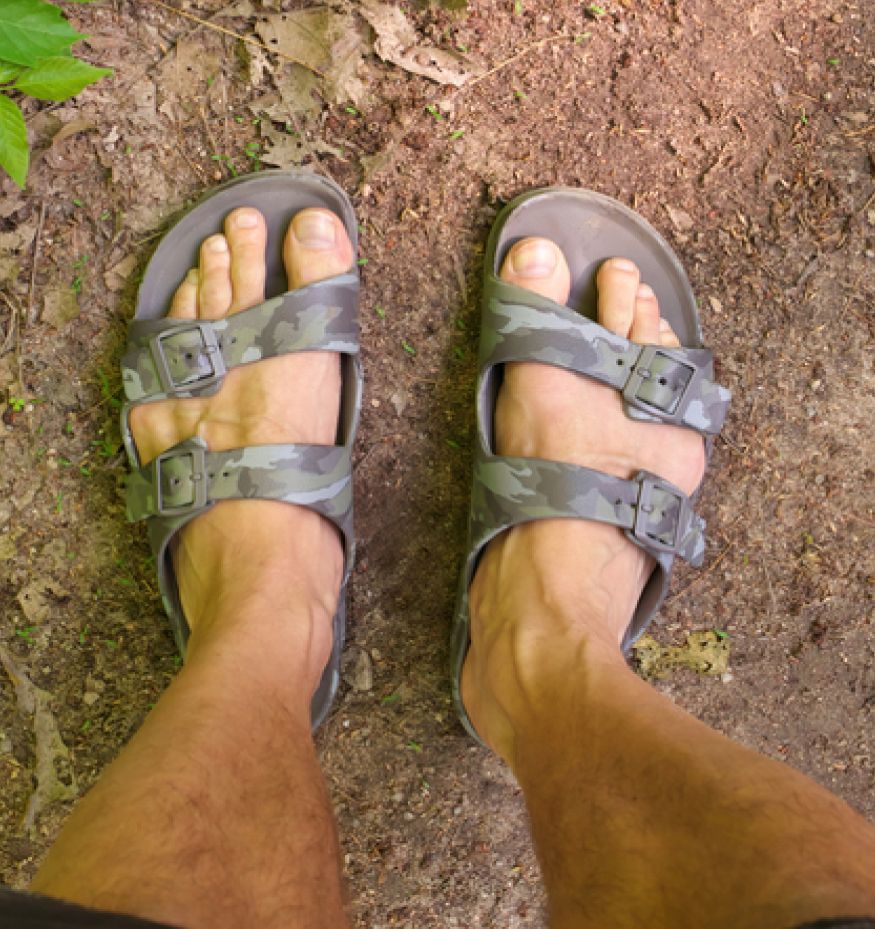
Podiatric Surgery
In today’s society, our feet can be at an increased risk for injury and strain for a variety of reasons ranging from old age to very active lifestyles. With the increased strain on our feet, many patients find themselves looking to find relief for their podiatric conditions. In most cases, invasive methods are not necessary to correct many foot disorders, but patients who have more extreme conditions may find themselves needing surgery in order to correct their foot problems. The need for surgery will depend on the severity of the condition, the amount of pain the patient is experiencing, and the patient’s past response to various treatments.
What foot conditions most commonly require surgery?
Hammer Toe
Deformity of the lesser toes caused by a tendon or joint imbalance.
Bunions
Bunions, or hallux valgus, is an enlargement of the joint at the base of the big toe, becoming inflamed and painful.
Tibial Posterior Disorder
The tibial posterior is a muscle that makes up the shape of the arch of the foot. In the case of a damaged or collapsed arch, this will need to be rebuilt surgically.
Achilles Tendon Injuries
These injuries may require a lengthening process according to the severity.
Ankle Arthritis
Damage can result in osteophytes or lumps around the edge of the joints which cause pain and inflammation
Ankle Replacement Surgery
This is a reconstructive surgery involving replacing the ankle joint after a severe injury.
Patients who are seeking podiatric surgery will undergo a series of tests prior to scheduling treatment to ensure that they are candidates for surgery. These tests will help your podiatrist ensure that surgery is the best option for you and will provide information that can help in developing a treatment plan for a successful outcome. Postoperative care will be dependent upon the type of surgery you receive and the severity of your case. The RICE method is commonly prescribed after surgery, and some patients may require an aid for walking such as a cane, surgical boot, or crutch. Many patients will also have some form of bandage or cast that may have specific instructions for cleaning and/or replacement that will be given to you with your postoperative instructions.
It is important to note that surgery will only be considered once all other treatment methods have been unsuccessful. Some other treatment methods include medications, exercise, foot care, modified shoes or orthotics. Your podiatrist will examine your patient history and consider any underlying conditions before determining if you are a candidate for surgery. If you are not a candidate for surgery or if your condition is not severe enough to need traditional surgery, you may be a candidate for minimally invasive surgery.
What is minimally invasive surgery (MIS)?
With today’s modern technology, many foot conditions can be treated with minimally invasive surgery (MIS) as opposed to more traditional surgical methods. MIS is generally done on an outpatient basis, requiring only local anesthesia or conscious sedation. Recovery is much quicker than traditional surgery which means less pain, less downtime, and lower risk of infection. In addition to these benefits, you can also expect a more appealing cosmetic outcome as well because the incisions are much smaller. MIS is usually cheaper than traditional surgeries because general anesthesia and a stay in the hospital won’t be necessary.
What foot conditions are most commonly treated with MIS?
- Arthritic joints
- Bone spurs
- Bunions
- Calluses
- Corns
- Diabetic ulcers
- Flatfoot and hyperpronation
- Hammertoes
- Heel spurs
- Nerve entrapment
- Neuromas
- Plantar fasciitis
- Soft tissue lesions
- Tailor’s bunions
- Warts
Not all cases will be able to be treated with MIS, and sometimes traditional surgery will be the best option to meet your goals. Your podiatrist will be able to help assess your situation during your consultation and offer a customized treatment plan to best address your concerns and provide the most optimal outcome.
For more information on podiatric surgery or to schedule a consultation, contact SoCal Sports Podiatry today.
Recent posts

The Role Of Custom Orthotics In Athletics
Athletes rely on their feet as the foundation for every...

Top Five Sports-Related Foot Injuries
Athletes rely on their feet to perform, but sports activities...

Effective Solutions For Ingrown Toenail Relief
What Are Ingrown Toenails? An ingrown toenail occurs when the...

Lebron James: Possible Re-injury? Surgical Options
On March 20th, 2021, during a game against the Atlanta...

Most Common Types Of Fractures
The human skeleton is an extremely intricate system comprising approximately...

Contact Us
Services
Testimonials
Had a great experience overall! Dr. Sheth did an amazing job with my foot and has a great sense of humor as well! Highly recommend them.
Dr. Patel was very personable and kind to my 87 year old uncle. He took time to explain what was happening with his healing process and asked if we needed anything else. I appreciate his demeanor and expertise.
This is the most promise I've seen after four other surgeries. Both Dr. Patel and Sheth are great. They are fast - turned it around in less than a week and their surgery coordinator, Matty is amazing. This foot has been an unbelievable burden and I genuinely feel excited by how this seems like it's turning out...excellent service, smart and friendly doctors.
Scheduling an appointment and filling out the online patient form was very easy. Jordan the medical assistant who also did the scheduling was very cordial and helpful. Dr. Sheth was professional and friendly and never once pushed for unnecessary procedure.
SoCal Sports Podiatry
2001 Santa Monica Blvd. Suite 465-W
Santa Monica, CA 90404
(310) 395-5025



